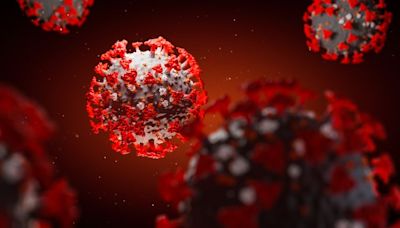Search results
Feb 6, 2023 · Updated Feb. 6, 2023. Print. What You Need to Know. New variants of SARS-CoV-2, the virus that causes COVID-19, will continue to occur. CDC coordinates collaborative partnerships which continue to fuel the largest viral genomic sequencing effort to date. The Omicron variant, which emerged in November 2021, has many lineages.
Sep 1, 2023 · Since the beginning of the pandemic, we’ve seen a number of prominent variants, including Alpha, Beta, Delta, and Omicron. Although new variants are an expected part of the evolution of viruses, monitoring each one that surfaces is essential in ensuring we—in the U.S. and globally—are prepared.
Mar 27, 2024 · Currently circulating variants of concern (VOCs) as of 15 March 2023. Note: To better reflect the current variant landscape, which is dominated by Omicron descendent lineages, WHO updated its tracking system and working definitions of VOCs and VOIs on 15 March 2023. 4 October 2023.
Overview. Nomenclature. Toggle Nomenclature subsection. Lineages and clades. Classification of variants. Reference sequence. Notability criteria. Variants of concern (WHO) Toggle Variants of concern (WHO) subsection. Omicron. BA. sublineages. Further sublineages emerging in 2022.
Nov 4, 2023 · The main variant in the United States is omicron. This variant spreads more easily than the original virus that causes COVID-19 and the delta variant. But omicron seems to cause less severe disease. Omicron has a few major offshoots, also called sublineages. Together the omicron variants make up nearly all COVID-19 infections in the United States.
Dec 18, 2023 · Tracking SARS-CoV-2-variants. Working definitions and primary actions. Currently circulating COVID-19 Variants of Interest (VOIs) as of 18 December 2023. Currently circulating COVID-19 Variants under Monitoring (VUMs) as of 10 February 2024.
Nov 20, 2023 · What are variants of SARS-COV-2, the virus that causes COVID-19? It is usual for viruses to change and evolve as they spread between people over time. When these changes become significantly different to a previously detected virus, these new virus types are known as “variants.”




